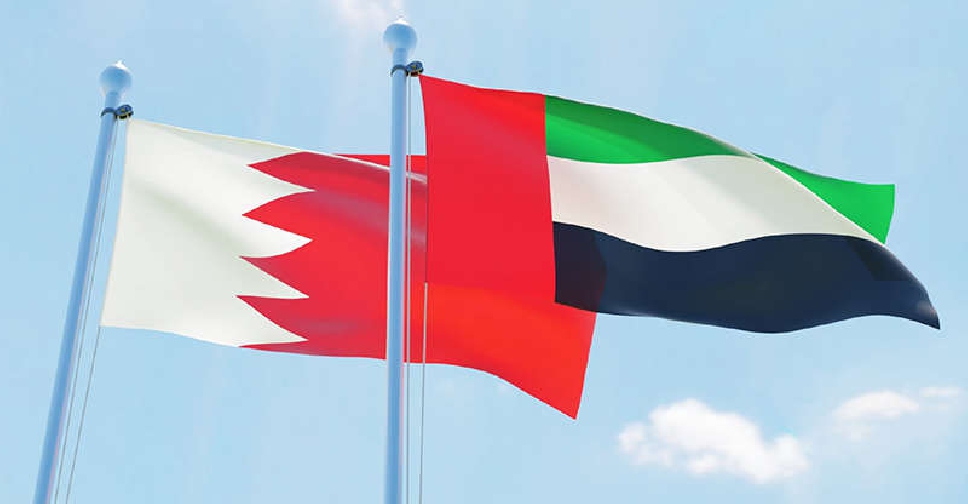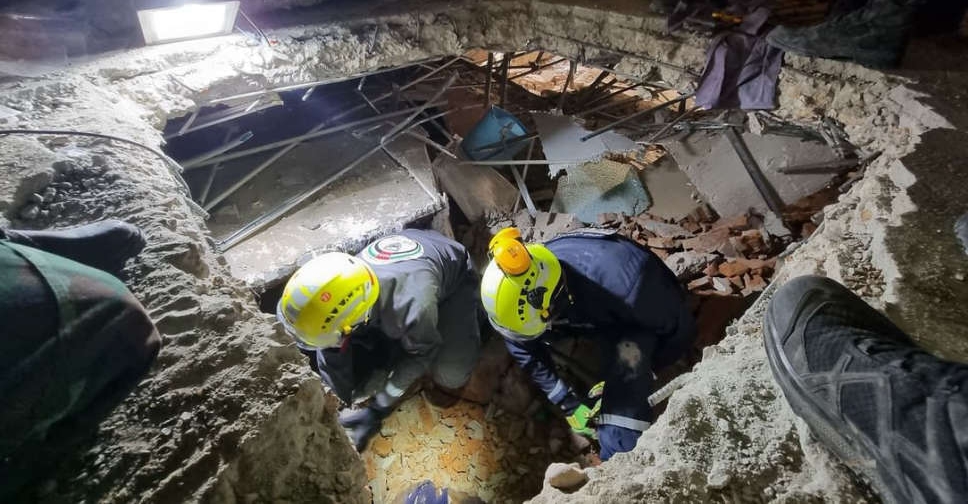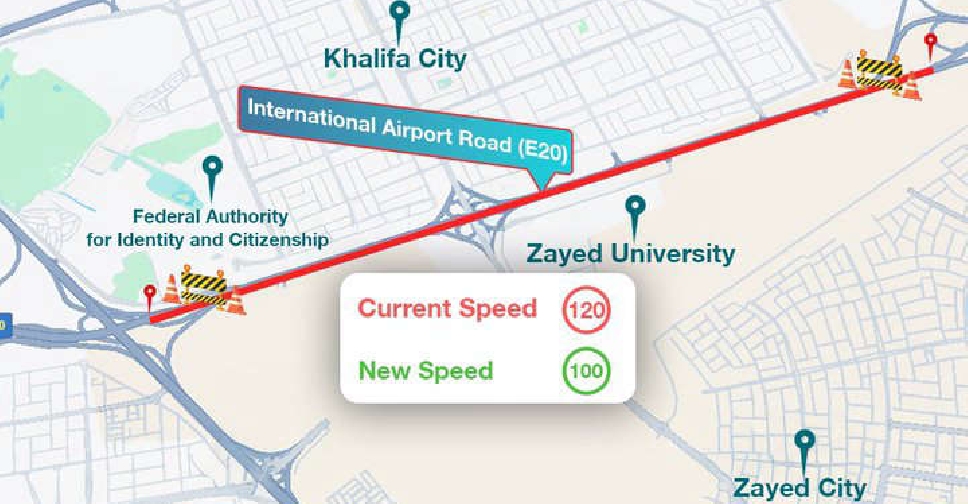
A nanosatellite that is being jointly developed by UAE and Bahrain, will be sent into space on December 21.
Called Light-1, the satellite will monitor and study terrestrial gamma ray flashes from thunderstorms and cumulus clouds.
It is part of an emerging field in geoscientific research that will be launched to the International Space Station
The spacecraft was developed by 23 students, including 14 Emiratis from Khalifa University and New York University Abu Dhabi and nine Bahraini nationals.
The development was a collaboration between the UAE Space Agency and Bahrain's National Space Science Agency (NSSA).
It will be sent onboard a SpaceX, Falcon 9 rocket under supervision from the Japanese Aerospace Space Agency (JAXA).
Light-1’s name was inspired by King Hamad bin Isa Al Khalifa of Bahrain's book, The First Light. The name reportedly symbolises Bahrain's growth and scientific progress.
Bahrain is a member of the Arab Space Cooperation Group, an initiative adopted to promote cooperation on space among Arab countries. It has 14 member states and is headquartered in Abu Dhabi.




 UAE President hosts Indonesian counterpart in Abu Dhabi
UAE President hosts Indonesian counterpart in Abu Dhabi
 UAE honours search and rescue team for Myanmar mission
UAE honours search and rescue team for Myanmar mission
 H.H. Sheikh Hamdan rings opening bell at Bombay Stock Exchange
H.H. Sheikh Hamdan rings opening bell at Bombay Stock Exchange
 UAE to host US Secretary of Energy in first overseas mission
UAE to host US Secretary of Energy in first overseas mission
 New speed limits announced on major Abu Dhabi highways
New speed limits announced on major Abu Dhabi highways




